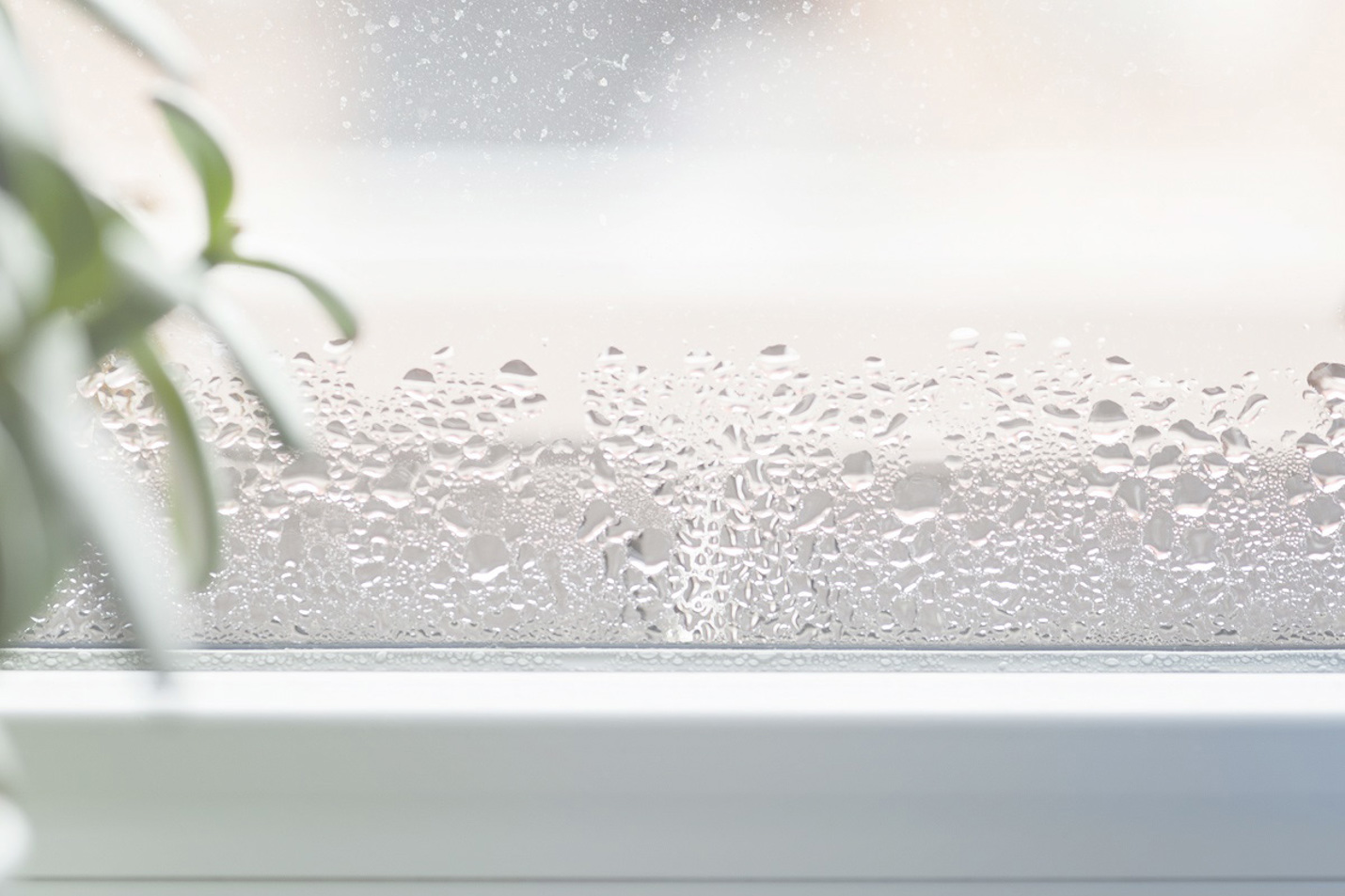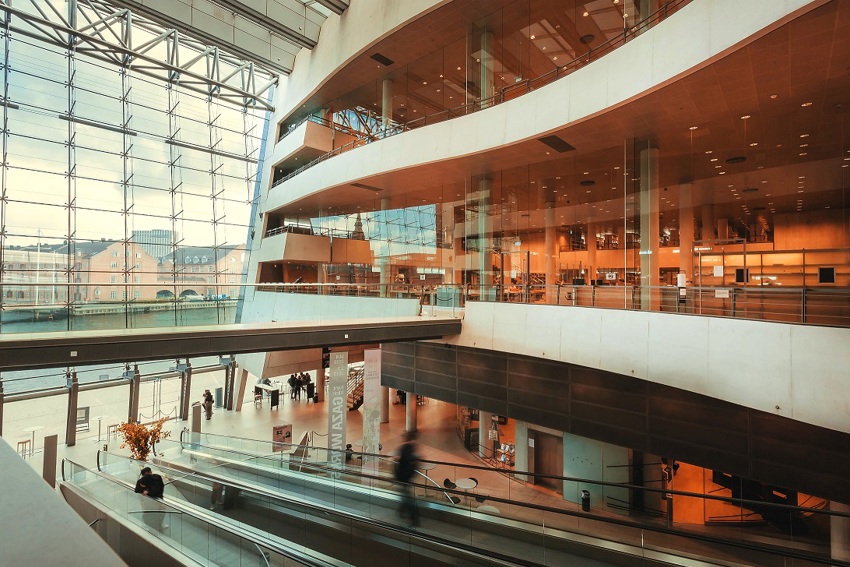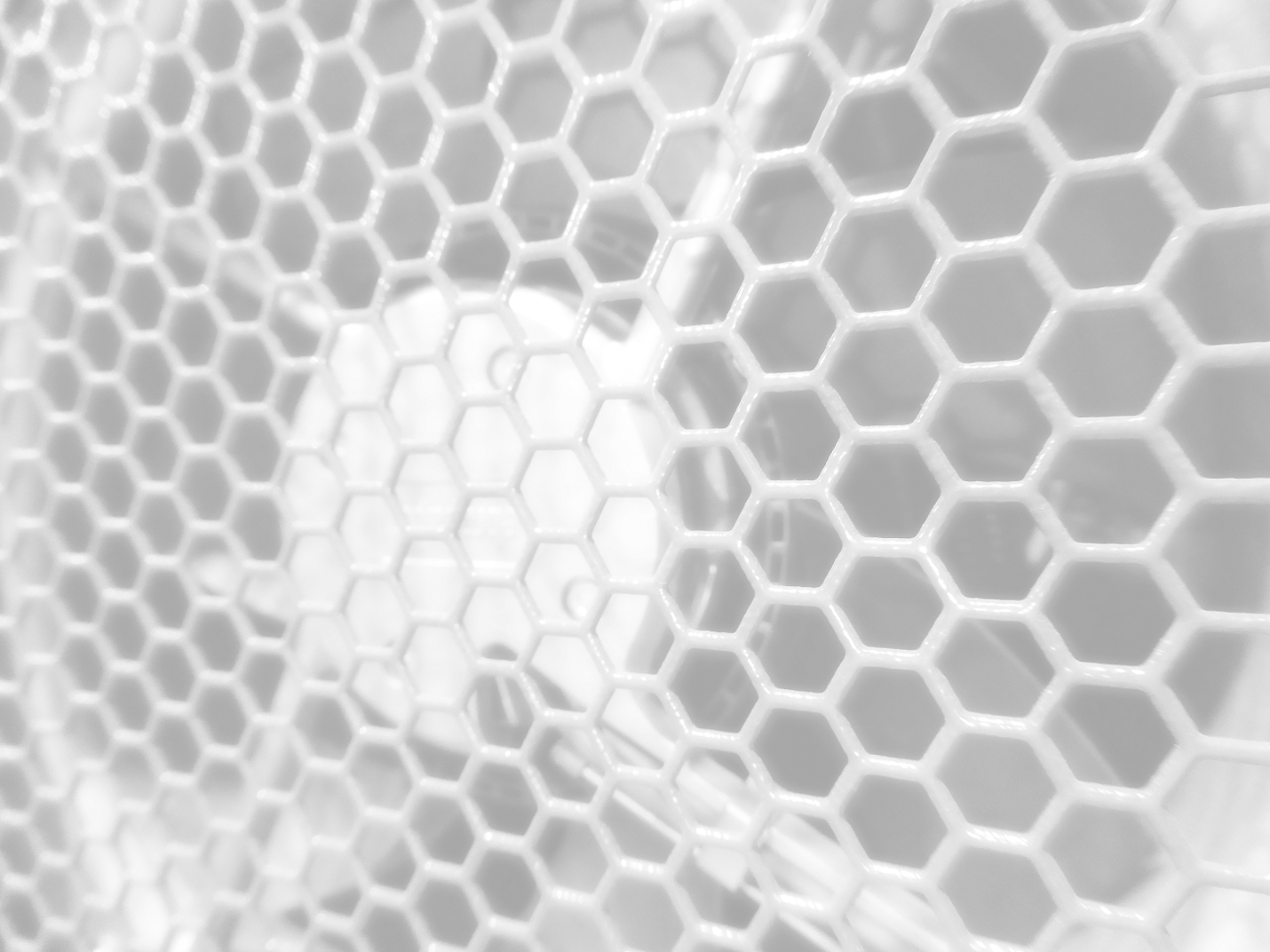
Indoor climate
We are growing ever more attached to our buildings. As we spend more of our time indoors, demand is growing for a reliable and comfortable living environment. A healthy indoor climate is one with fresh air, moderate temperature, good acoustics and without harmful radiations.
What is actually the indoor climate?
The indoor climate is made up of a number of measurable physical, chemical and biological factors.
The World Health Organisation (WHO) has defined the 'indoor climate' as a variety of environments such as thermal environment (heat, cold, draughts and humidity), atmospheric environment (pollution, air quality and volume of fresh air), acoustic environment (noise, perception of speech and sound), actinic environment (lighting, radiation and electrical/magnetic fields) and mechanical environment (ergonomics, anti-slip protection and vibrations, etc.).
Discover more about what makes a good indoor climate

"Indoor air is, by definition, contaminated air from the outside. Think of it: what we breathe inside is really a mix of outdoor air, and pollutants from construction materials, people, animals, machines and other things that one finds indoors. Compounded with the fact that today’s houses are often well insulated, pollutants are quickly trapped indoors if there are not special systems installed to remove them. People feel better if we have clean air to breathe; we become more effective and perform better, whether it is at work, in school or at home."
— From the book Indoor Air - The Silent Killer by Svensk Ventilation

How do we control the indoor climate?
To ensure good air quality and a pleasant indoor climate at all times, buildings are equipped with intelligent indoor climate control systems – for greater comfort and better energy efficiency.
It is simple, yet very complicated.
Controlling the indoor climate
How do we sustain the indoor climate?
The buildings, where we spend most of our time, provide protection between us and the outdoors. The design, construction, operation and maintenance of buildings can impact the air we breathe, energy consumption, and our health.
We have various strategies, tools and elements to design and keep buildings in their best shape — now and for the future.
Making the indoor climate sustainable


"Indoor climate control is a wonder of modern engineering." — Anonymous